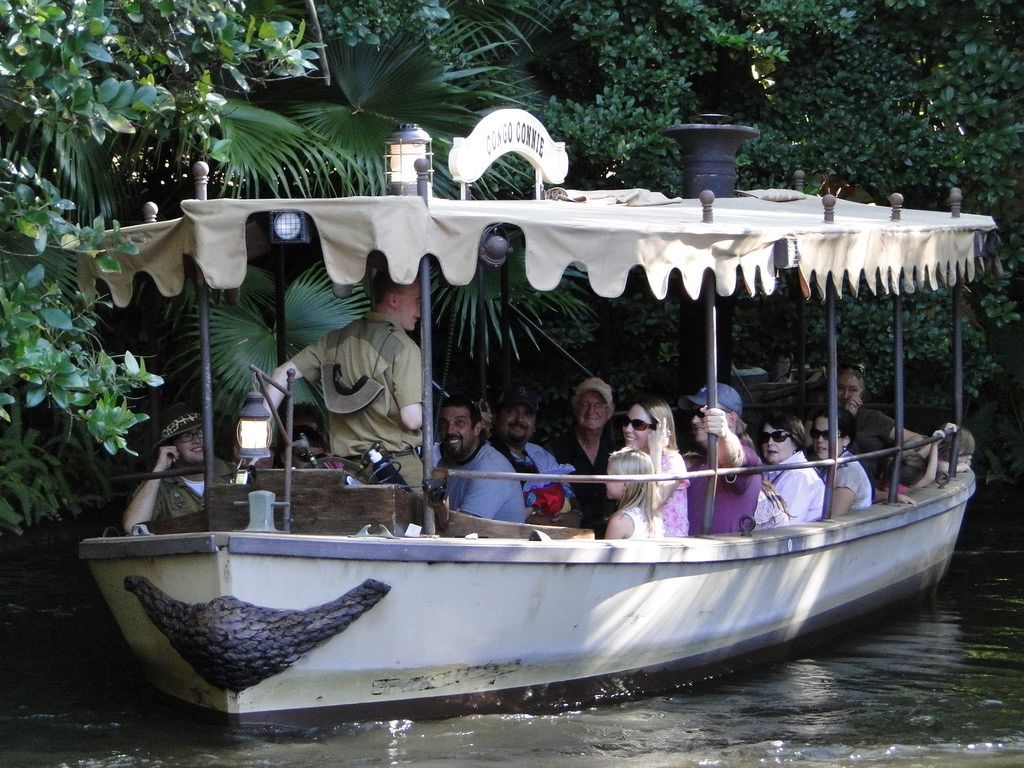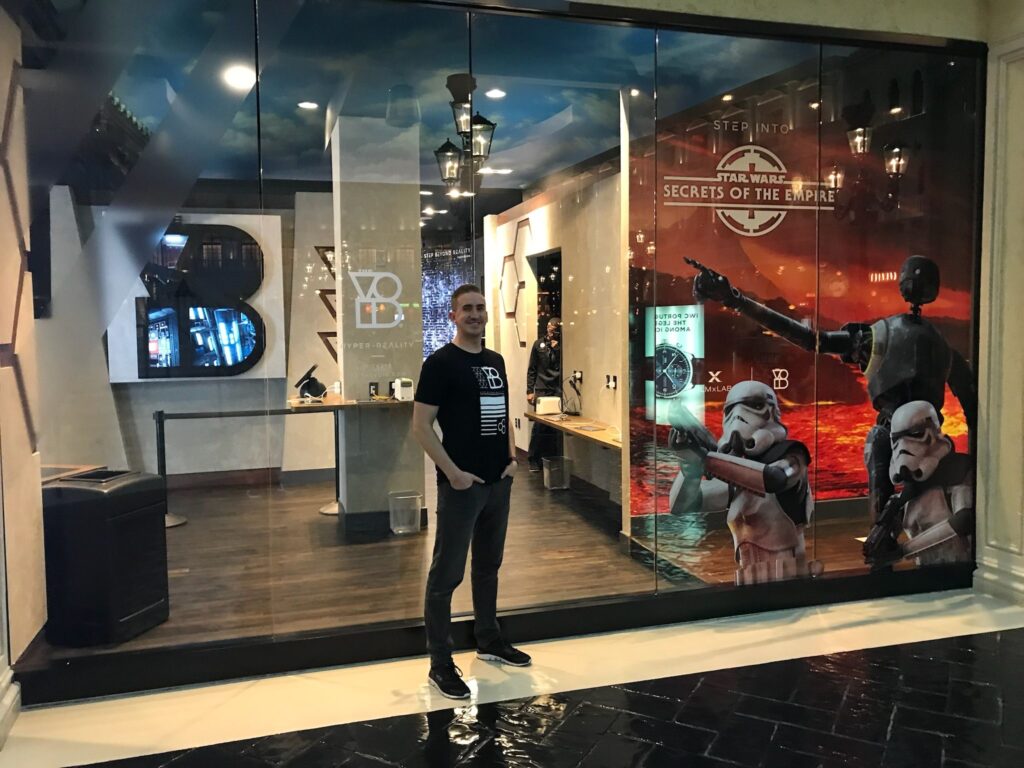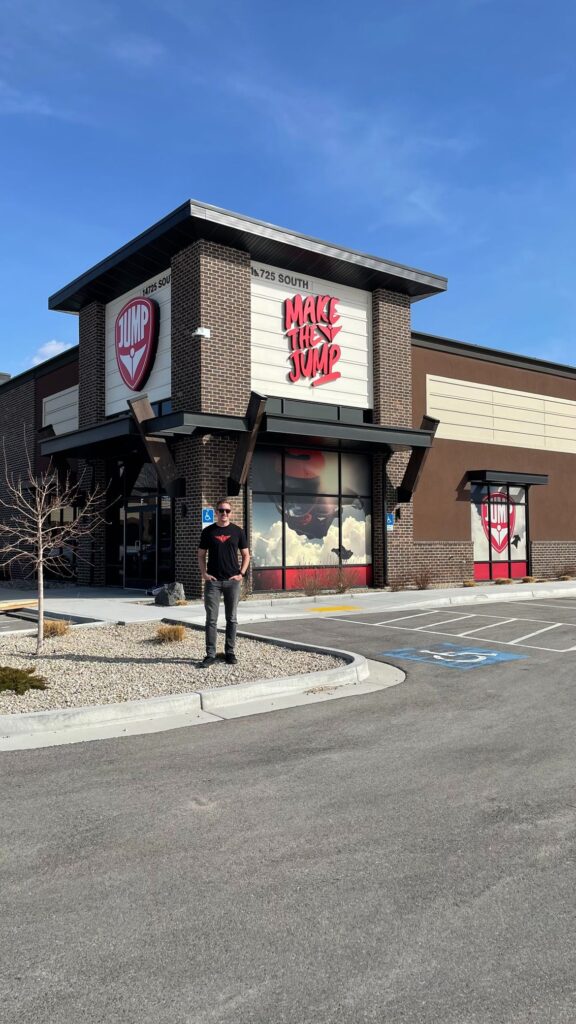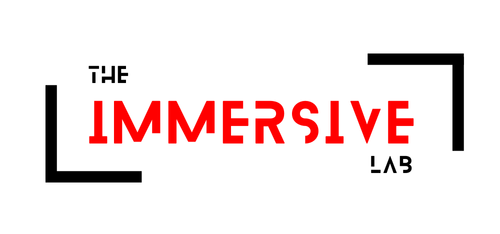In recent years, the attractions industry has undergone a dramatic transformation, pushing the boundaries of what’s possible in entertainment and escapism. To understand these changes and glimpse the future of immersive experiences, we sat down with Clayton Talley, a seasoned executive with over 15 years of experience in theme parks, water parks, and location-based entertainment venues.
From Durango to Disney: A Journey in Experience Design

Talley’s journey in the attractions industry began in the unlikely setting of Durango, Colorado. “Growing up in a popular little ski town, I was fascinated by how resorts created memorable experiences for visitors,” Talley recalls. This early interest, combined with family trips to theme parks, sparked a passion that would shape his career.
After a stint in Italy that broadened his cultural perspective, Talley found himself working at a water park in Utah while pursuing his education. It was here that he began to understand the intricacies of guest experience management. “Working in guest relations, I was the frontline for both complaints and compliments,” Talley explains. “It taught me the importance of being intentional with every touchpoint in a guest’s journey.”
This foundational experience led Talley to the Disney College Program, where he worked as a Jungle Cruise skipper. “At Disney, I learned the art of creating magic in everyday interactions,” he says. “It’s not just about the big moments; it’s about consistently delivering delight in small ways.”
The Rise of Immersive Technologies

Talley’s career has coincided with a period of rapid technological advancement in the attractions industry. His work with The VOID (Visions Of Infinite Dimensions), a pioneering virtual reality experience, exemplifies this evolution. “We weren’t just creating a VR game,” Talley emphasizes. “We were building fully immersive worlds where guests could feel the dampness of a cave using misting SFX, fire from a stone brazier using heating SFX, spiders crawling up your back using haptic feedback, and the smell of a roasted marshmallow creature using smell SFX. It was about blending the physical and digital seamlessly.”
This philosophy of full sensory immersion has become a hallmark of modern attraction design. Talley points to recent innovations in water parks, with Ballast VR as an example. “We’re seeing water slides integrated with VR technology, allowing guests to dive into virtual underwater worlds while experiencing the physical thrill of the ride. It’s a whole new level of immersion.”
The Psychology of Escapism
At the heart of these immersive experiences lies a fundamental human desire: escapism. However, Talley argues that effective escapism goes beyond mere distraction. “We’re not just trying to help people forget their problems for a few hours,” he explains. “The goal is to create experiences so vivid and engaging that guests return to their everyday lives with renewed perspective and appreciation.”
This approach is evident in projects like JUMP by Limitless Flight, which won the Themed Entertainment Association THEA Award for Outstanding Achievement in “Connected Immersion.” The experience simulates base jumping and skydiving, offering guests a taste of extreme sports in a controlled environment. “It’s not just about the adrenaline rush,” Talley notes. “It’s about challenging one’s own limitations and discovering new aspects of oneself.”
Intentional Design: The Key to Success
Creating these immersive worlds requires meticulous attention to detail and a holistic approach to customer experience design. “Every element, from the parking lot to the exit gift shop, needs to reinforce the overall experience,” Talley insists. This philosophy has yielded impressive results: under Talley’s leadership, customer satisfaction scores reach an average of 90%, significantly above the industry average of 74.4%.
Talley’s approach extends to employee experience as well. “Engaged employees are crucial to delivering exceptional guest experiences,” he says. His focus on frontline staff being the largest touchpoint in the attractions industry is where a lot of time is being focused. With this practise, employee satisfaction has led to an impressive 93% employee satisfaction rate, compared to the industry average of 67.3%.
Navigating Challenges and Embracing Innovation
The attractions industry faced unprecedented challenges during the COVID-19 pandemic. Talley played a key role in the industry’s response in Texas, helping to develop protocols for safely reopening attractions. “It was a test of our ability to innovate and adapt quickly,” he reflects. “We had to reimagine every aspect of the guest experience with safety in mind, without losing the magic that brings people to attractions in the first place.”
Looking to the Future

As the industry continues to evolve, Talley sees enormous potential in the integration of technology and storytelling. “The future isn’t just about more advanced VR or bigger rides,” he predicts. “It’s about creating cohesive, narrative-driven experiences that resonate on a personal level with each guest.”
Talley also emphasizes the importance of sustainability and inclusivity in future attractions. “We have a responsibility to create experiences that are not only thrilling but also environmentally conscious and accessible to all,” he states.
The attractions industry stands at the cusp of a new era, one where the lines between reality and fantasy are increasingly blurred. As technology advances and our understanding of guest psychology deepens, the potential for creating truly transformative experiences grows. Industry veterans like Talley, with their wealth of experience and forward-thinking approach, will undoubtedly play a crucial role in shaping this exciting future.
For more insights on the future of retail and immersive experiences, subscribe to The Immersive Lab podcast and stay tuned for upcoming episodes.


